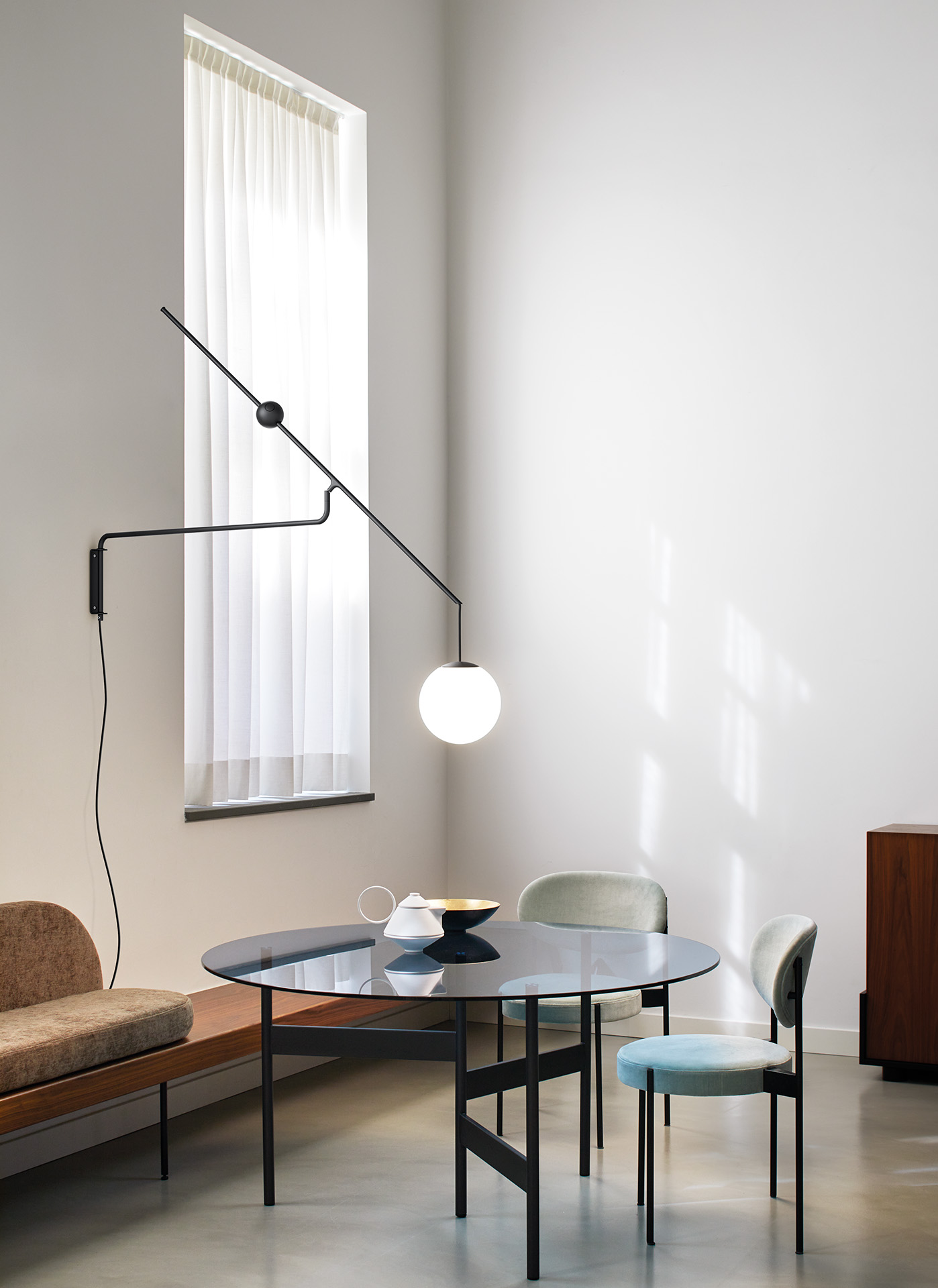Designers
Shulab Studio


1/2
2/2
Shulab, was founded in 2005 by designers Kfir Schwalb and Orit Magia who met at the Bezalel academy of design and arts in Jerusalem.
Joined together, their work ranges from product design, interiors, branding and graphic design, always trying to explore the merger between graphic, and industrial design.
Their aim is to keep the initial inspiration alive throughout the entire design process with minimal twists and turns, so that the outcome is then expressed in its most purified and simple form.
Shulab is an internationally acclaimed design studio with their work widely published and with several international featured exhibitions.
Related products

Malamata Floor,
Designed by Shulab Studio
Malamata Suspension,
Designed by Shulab Studio
Malamata Wall,
Designed by Shulab Studio